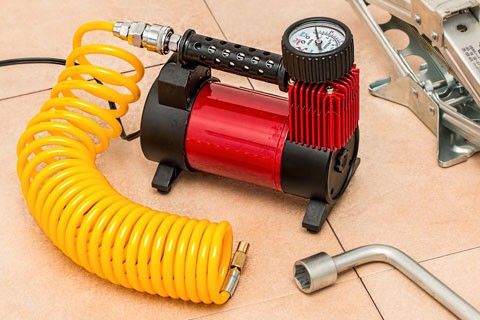Dodge Journey Tire pressure
Dodge Journey Reifendruck
Dodge Journey Pression des pneus
Dodge Journey Presion de llantas
Dodge Journey Pressao de pneus
Car tire pressure should be checked regularly, ideally check your car tire pressure monthly. Check your tire pressure two hours after parking the automobile.
Be sure you regularly check the condition of the valves to ensure a perfect seal, and will provide longer life.
If you need to have your 4 wheels checked, do not forget to check the pressure of your extra tire.
In winter, when the temperature is very cold, it may also be advisable to boost the inflation pressure.

Disclaimer: We cannot and do not guarantee that all documentation on this website is absolutely current and correct, despite the fact that every effort was made to keep it as current and correct as possible. This website’s information is given “as is” and “as available.” You agree that use of the platform is entirely at your own risk. We make no guarantees of any kind.
To inspect or inflate your tyres, you have three options: go to a certified professional, use the inflation devices supplied by certain gas stations and car washes, or outfit yourself with a compressor and inflation gun.
The majority of faulty tires are the result of inadequate tire pressure control. For each model, car makers prescribe a certain pressure to ensure improved grip and optimum protection.
Dodge Journey Where can I find pressure information?
Each car model has a different prescribed strain. It is sometimes stated in the owner’s manual, on the edge of the door, or on the fuel tank handle. It could be seen in two figures, often about 2 in units of a bar. The first number represents the front tire pressure, while the second represents the rear tire pressure.
Tire pressure varies depending on the vehicle’s load. As a result, the recommended pressure for a loaded vehicle should be increased by 0.2 bar.
Dodge Journey What is the best way to calculate pressure?
Often check the tire pressure when they’re cold, as pressure rises often when driving.
Take on both the front tires and the two rear tires at all times the same pressure. Just a front-to-rear variation is possible.
Remember to carefully shut the valve covers, as they shield the valve from soil and dust, reducing the chance of leakage.
When to control the pressure
Tire pressure should be tested on a frequent basis and at strategic times.
Before a long trip, for example, the control is essential to limit the risks of puncture and wear
The pressure should be tested every two weeks for regular use. Finally, we consider testing the pressure once a month with less frequent usage, bearing in mind that a tire is tested when it is cold.
Tire pressure varies from season to season.
When testing tire pressure, consider the seasons as well, as outside conditions have an effect on the inside pressure of the tire.
As a result, adding 0.2 bar to winter tires is advised.
It is important to monitor the vehicle’s tyre pressure on a regular basis. Under-inflated tires will jeopardize your driving safety by creating a lack of grip or less efficient braking.
Furthermore, it has been shown that 0.5 bar below the recommended inflation pressure cuts the tire’s life span by 20%. Under-inflated tires also appear to increase fuel consumption.
Finally, an under-inflated tyre is subjected to excessive stress and can burst at high speeds.
| Dodge Journey | |
| 2.4 | |
| 225 65 R16 100H | |
| Rear Min. | 2.4 |
| Rear Max. | 2.4 |
| Front Min. | 2.4 |
| Front Max. | 2.4 |
| Dodge Journey | |
| 2.4 | |
| 225 65 R17 102H | |
| Rear Min. | 2.4 |
| Rear Max. | 2.4 |
| Front Min. | 2.4 |
| Front Max. | 2.4 |
Links :
Tire pressure gauge
TPMS